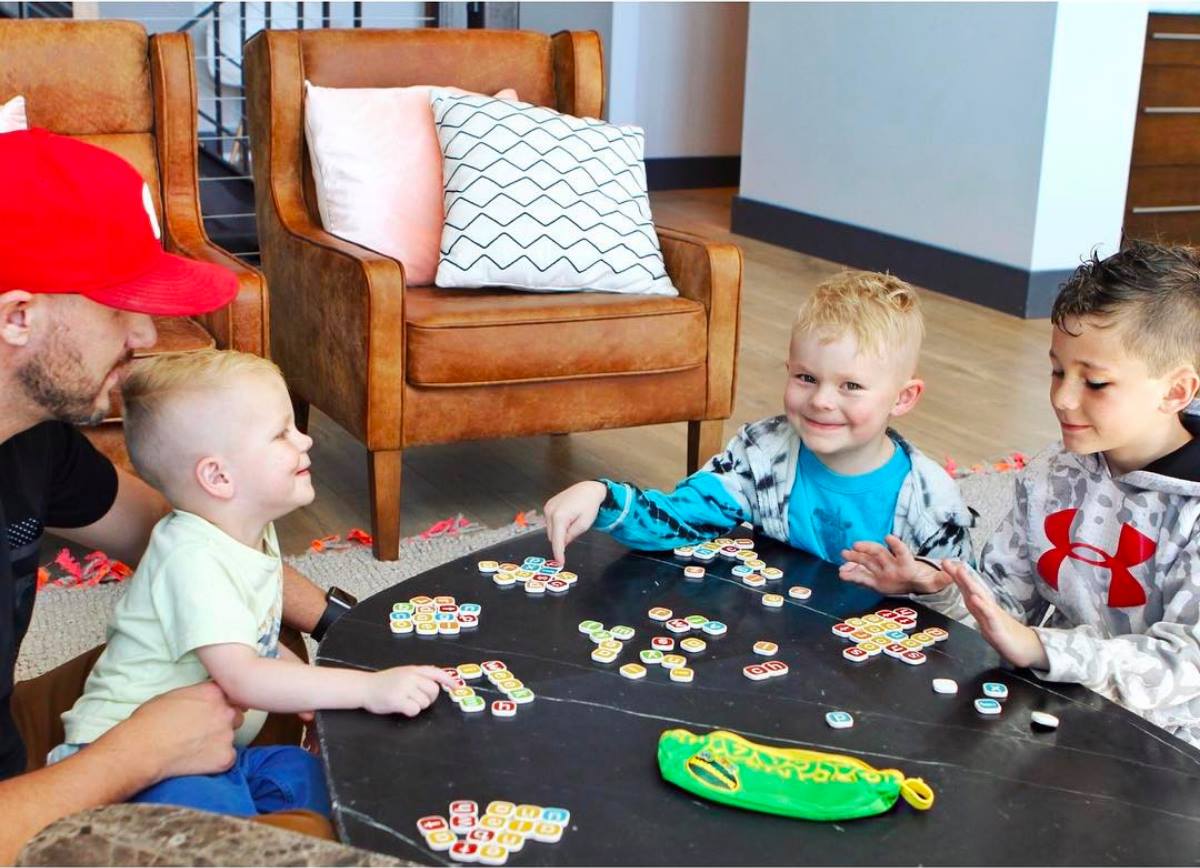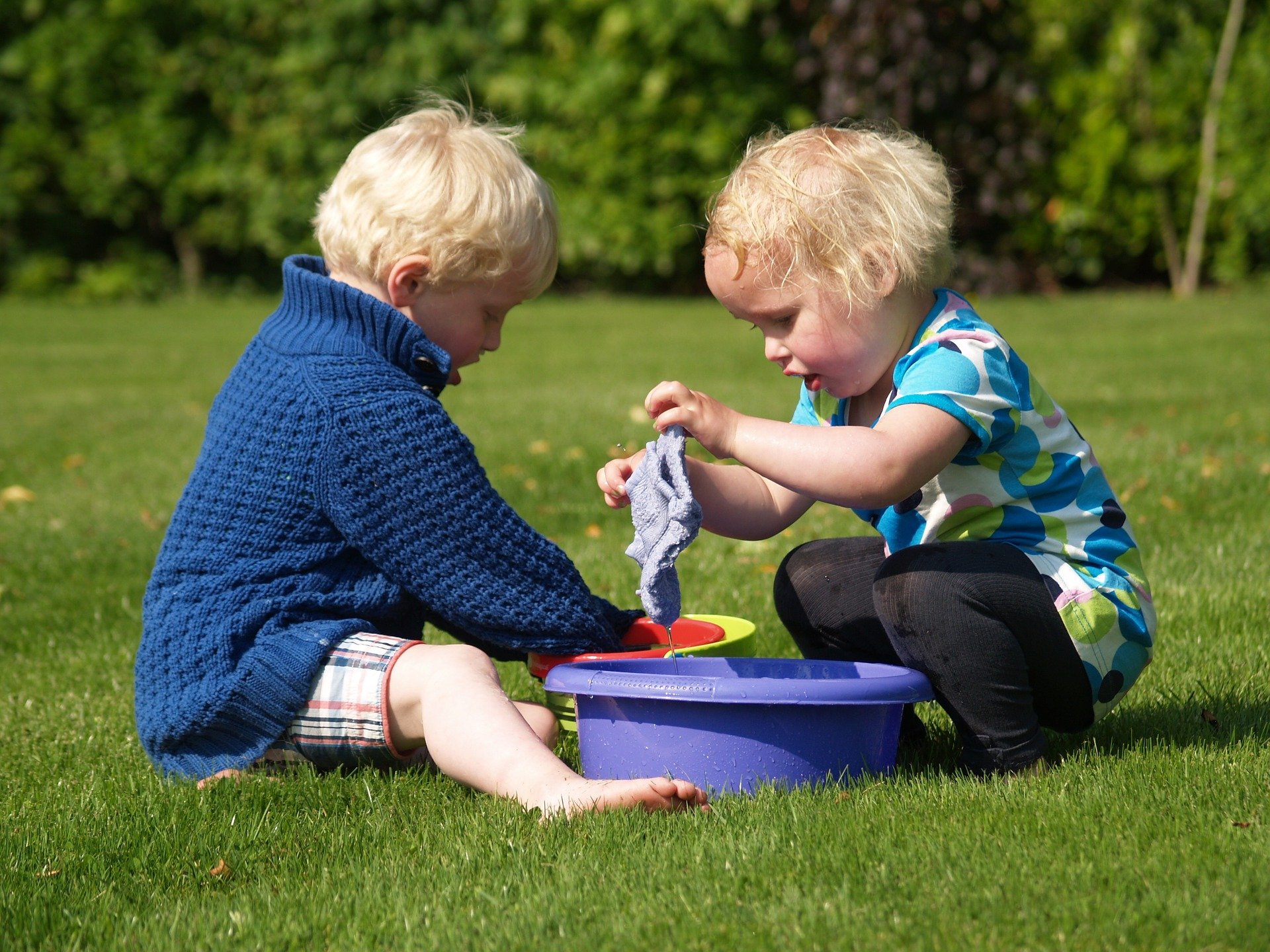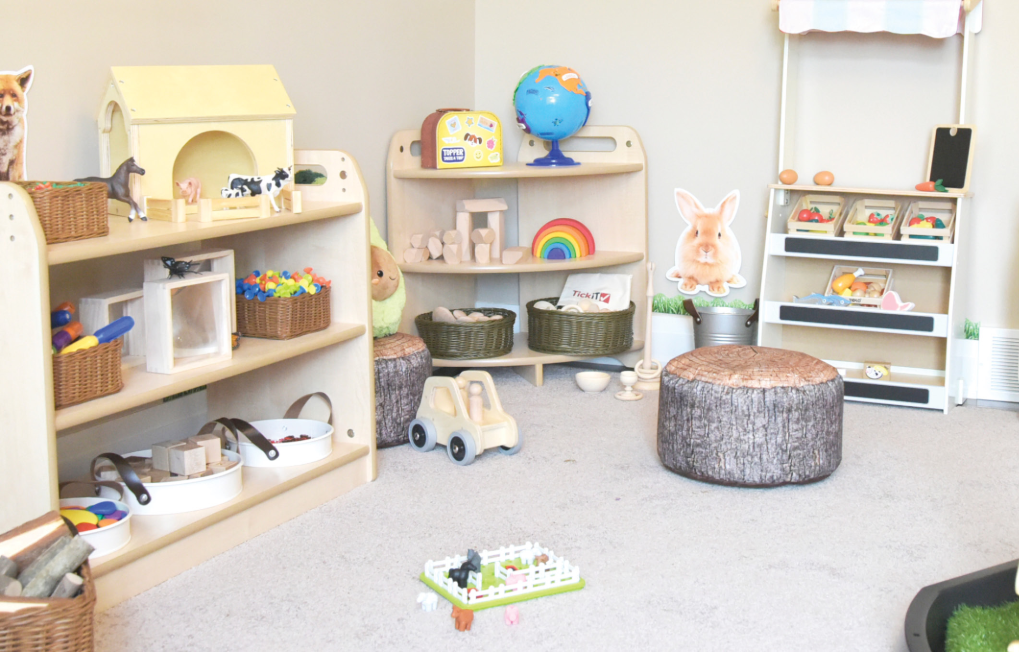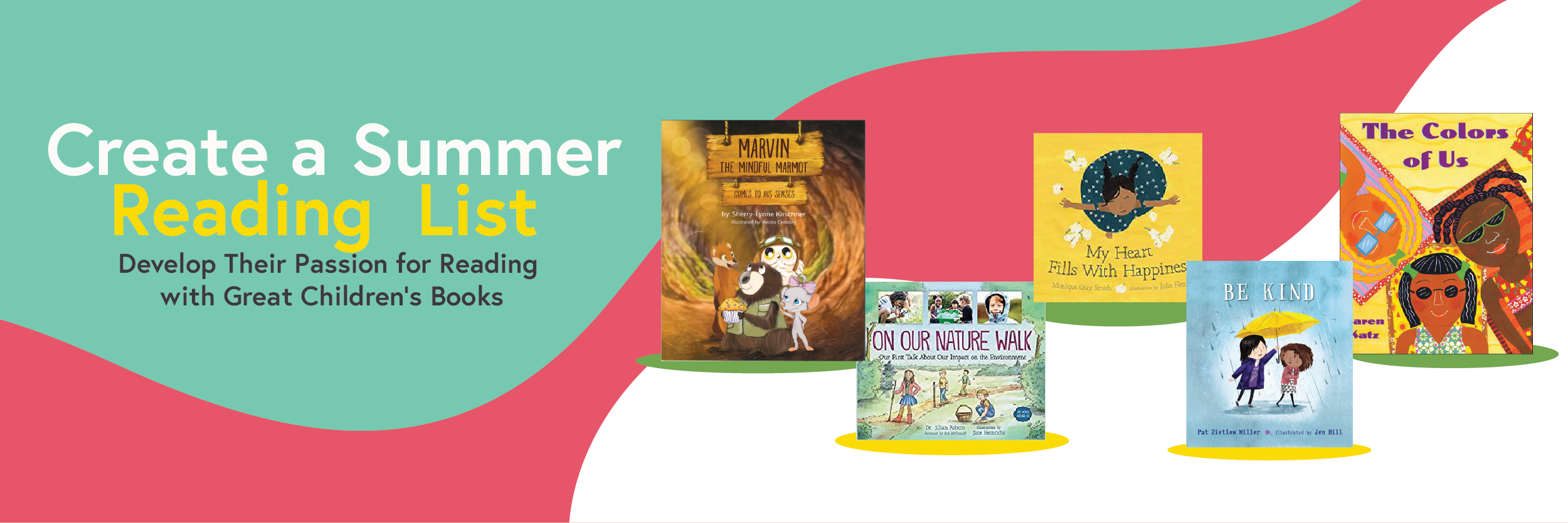Why is teaching children about kindness important?
The amazing thing about kindness is that it benefits the giver and receiver. The act not only allows others to feel good but also our own feelings of well-being and makes us feel good about ourselves, and our outlook on life. Kindness is at the foundation of every healthy relationship, it allows us to have greater positive connections with peers, is linked to higher academic achievement and a greater sense of well-being. Children start to develop kindness at a very young age, therefore, parents, teachers and childcare specialists collaboratively play a fundamental role in developing a child’s ability to show altruism and compassion to others.
So what is kindness? Kindness is described as; the quality of being friendly, generous, and considerate. The Dalai Lama once said “Be kind whenever possible. It is always possible.” From this idea, how do we as caregivers make kindness always possible for ourselves and ensure our children grow up understanding and displaying kindness?

Making Kindness Happen
Firstly, it is important to understand kindness is a learned trait; children discover it through direct instruction and watching us, their role models behaviour. Therefore, the next question is, if kindness is a learned trait, how do we teach it? Start from the bottom up, the child themselves. Teach them it is important to be kind to themselves, ensure they look after their well-being, let them know it is ok to make mistakes as long as they forgive themselves when a mistake happens, having a positive mentality will encourage them to be kind to themselves and will result in them being kind to others. Next, teach them what kindness looks like.
Model your behaviour as to what you would like to see in your children. Allow children to see you do acts of kindness, applaud other people for a job well done, ask people how they are, help a friend or relative. Doing acts big or small will show children just how important and powerful kindness is.
Be kind to your children… all the time. This may seem like an obvious way to teach kindness, but it is easier said than done. Help your children understand their feelings as well as being empathetic about other peoples feelings.
Help children see the bigger picture, teach them that how they act in a given situation may have repercussions or a positive outcome depending on how they react to a situation through either being kind or being mean.
Remember, kindness should be taught from a young age as children develop, the key time is between the ages of birth and third grade.

The Playful Learning Approach
Education and learning are key ingredients for children to achieve their full potential. At Scholar’s Choice we an innovative and inspiring approach towards how a child learns known as the Playful Learning Approach (PLA).
The PLA has 5 main principles; children self-direct their own play, Children develop social and emotional skills through collaborative learning, children explore through all five senses, children are offered learning opportunities to support discovery based and experiential learning and children are given endless opportunities to express themselves. Each of these 5 elements can be used to develop and teach kindness in children.
Learn more about our Playful Learning Approach.

Make sure your children grow up understanding kindness
Each act of kindness makes a difference. As we teach our children the importance of what kindness is and encourage them to be kind to others, children will grow and develop with that ideology of a kind world embedded in themselves.







.png)
-png.png)